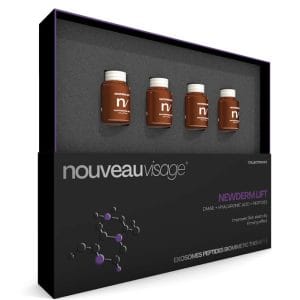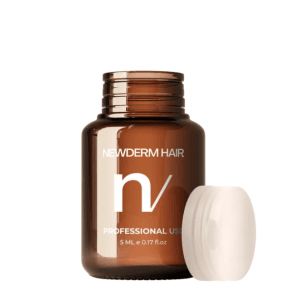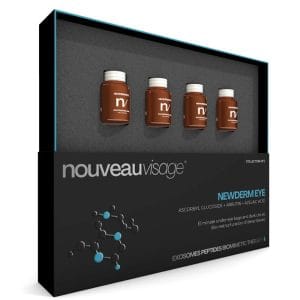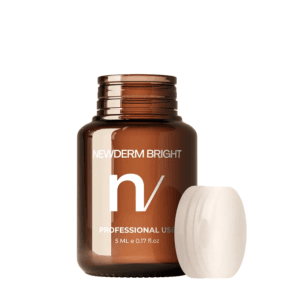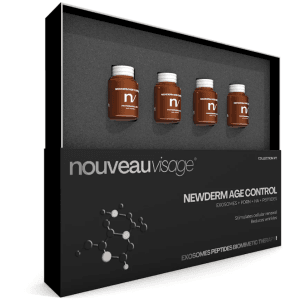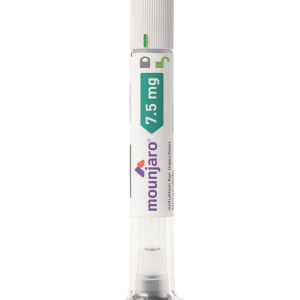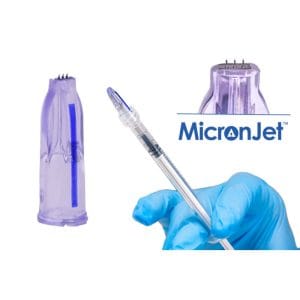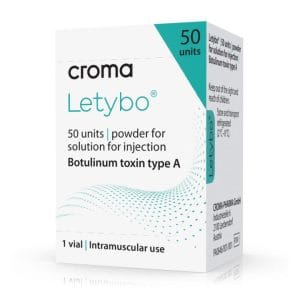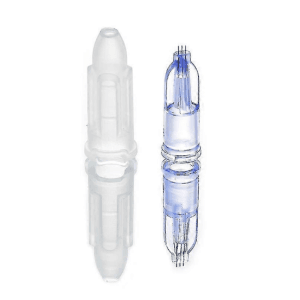In the beauty industry, the demand for various cosmetic enhancements continues to drive the development of newer and more innovative dermal fillers. Of these, hyaluronic acid fillers and non-hyaluronic acid fillers have emerged as two popular treatments for restoring more radiant, youthful-looking skin. While both promise to revitalize your appearance by reducing wrinkles and enhancing your features, there are significant differences to consider before making the right decision for your needs.
That’s why we’ve created this comprehensive guide to explore the science and benefits of these fillers, including the complexities of hyaluronic acid fillers versus non-hyaluronic acid fillers. We aim to provide a thorough understanding of the benefits and considerations of each type of filler so that you can make a well-informed and confident decision about which one is best for you.
Definition and Mechanism of Action
Hyaluronic Acid Fillers
Hyaluronic acid (HA) is a naturally occurring substance in the human body that plays a vital role in maintaining skin hydration, lubricating joints, and promoting eye health. In the context of dermal fillers, HA is synthesized into a clear, gel-like substance, which is then carefully injected into specific areas of the skin by cosmetic practitioners.
The magic of hyaluronic acid fillers lies in their ability to bind with water molecules in the skin. Once injected, they attract and retain moisture, resulting in plumper and smoother skin in the treated area. This plumping effect reduces the visibility of lines and wrinkles, ultimately rejuvenating one’s appearance for a more youthful look.
-
 Newderm Lift – Nouveau Visage®$176.87 – $200.99
Newderm Lift – Nouveau Visage®$176.87 – $200.99 -
 Newderm Hair – Nouveau Visage®$175.99 – $199.99
Newderm Hair – Nouveau Visage®$175.99 – $199.99 -
 Newderm Eye – Nouveau Visage®$124.07 – $140.99
Newderm Eye – Nouveau Visage®$124.07 – $140.99 -
 Newderm Bright – Nouveau Visage®$124.07 – $140.99
Newderm Bright – Nouveau Visage®$124.07 – $140.99 -
 Newderm Age Control – Nouveau Visage®$124.07 – $140.99
Newderm Age Control – Nouveau Visage®$124.07 – $140.99 -
 Mounjaro®KwikPen$452.31 – $594.99
Mounjaro®KwikPen$452.31 – $594.99 -
 MicronJet™$10.55 – $318.99
MicronJet™$10.55 – $318.99 -
 LETYBO® 50u (English)$139.03 – $157.99
LETYBO® 50u (English)$139.03 – $157.99 -
 Fillmed® Nanosoft Microneedles$22.87 – $25.99
Fillmed® Nanosoft Microneedles$22.87 – $25.99
Non-Hyaluronic Acid Fillers
Non-hyaluronic acid fillers encompass a diverse range of products, including collagen-based fillers, calcium hydroxylapatite, and poly-L-lactic acid. These alternatives cater to different preferences and cosmetic goals, each offering distinct properties and applications.
The mechanisms by which non-hyaluronic acid fillers work differ from hyaluronic acid fillers. For example, collagen-based fillers stimulate the production of collagen in the skin, resulting in increased firmness. Calcium hydroxylapatite stimulates the body’s natural collagen production and provides structural support. Poly-L-lactic acid stimulates collagen over time, leading to a gradual improvement in the skin’s quality.
In summary, hyaluronic acid fillers primarily work by hydrating the skin through binding with moisture, while non-hyaluronic acid fillers, such as collagen-based fillers, stimulate collagen production for increased skin firmness. These mechanisms form the basis of the differences between these two types of fillers, which we will explore further in the following sections.
Key Differences Between HA and Non-HA Fillers
Composition
Hyaluronic Acid Fillers: These fillers primarily consist of hyaluronic acid, a substance that naturally occurs in the human body. The synthetic hyaluronic acid used in fillers is biocompatible and integrates seamlessly with the body’s hyaluronic acid.
Non-Hyaluronic Acid Fillers: Non-hyaluronic acid fillers contain various compounds, such as collagen, calcium hydroxylapatite, or poly-L-lactic acid, which may not naturally occur in the body.
Duration of Results
Hyaluronic Acid Fillers: The results of hyaluronic acid fillers are typically temporary, lasting from six months to two years, depending on the specific product and individual’s metabolism.
Non-Hyaluronic Acid Fillers: Non-hyaluronic acid fillers often provide longer-lasting results, with collagen-based fillers lasting up to six months, calcium hydroxylapatite up to 18 months, and poly-L-lactic acid up to two years.
Cost Comparison
Hyaluronic Acid Fillers: Hyaluronic acid fillers are usually more cost-effective on a per-treatment basis but may accumulate higher long-term costs due to the need for periodic touch-ups.
Non-Hyaluronic Acid Fillers: Non-hyaluronic acid fillers offer cost savings in the long run, as we need fewer treatments to maintain results.
Allergies and Sensitivity
Hyaluronic Acid Fillers: Hyaluronic acid fillers have a lower likelihood of triggering allergic reactions due to the biocompatibility of hyaluronic acid. However, sensitivity may still arise in some instances.
Non-Hyaluronic Acid Fillers: Non-hyaluronic acid fillers may carry a higher risk of allergies and sensitivities, as they contain substances not naturally present in the body. Individuals with allergies or sensitivities to these compounds should exercise caution and seek advice from a healthcare professional.
Reversibility
Hyaluronic Acid Fillers: One significant advantage of hyaluronic acid fillers is their reversibility. If a patient becomes dissatisfied with the results or encounters unexpected side effects, a healthcare professional can use the enzyme hyaluronidase to wholly or partially reverse the effects of hyaluronic acid fillers.
Non-Hyaluronic Acid Fillers: Non-hyaluronic acid fillers may be less reversible, and the process of reversing their effects can be more complex and less effective, depending on the specific filler type used.
Efficacy of HA and Non-HA Fillers
In a prospective observational registry study conducted at six European sites, researchers evaluated the real-world performance and safety of TEOSYAL Deep Lines and Global Action, which are hyaluronic acid-based dermal fillers. The study involved over 25 aesthetic indications, mainly in the midface, perioral region, and lower face. The results from 158 subjects showed that these HA fillers effectively achieved their primary objective. At the three-month mark, 93.9% of the treatments showed significant improvement, with common treatment reactions generally being mild to moderate and short-lived. Notably, the study did not report any clinically significant adverse events.
In contrast, a clinical study evaluated the use of Radiesse, a calcium hydroxylapatite filler, for aesthetic applications. This pivotal trial led to FDA approval for the correction of nasolabial folds. In a randomized comparison with collagen, Radiesse demonstrated superior effectiveness in improving 79% of folds, using only half the material of collagen-treated folds. The study also revealed sustained improvements for up to 39 months without any reported long-term adverse events. These findings have contributed to the broader acceptance of Radiesse for various aesthetic applications within the realm of aesthetic medicine.
Which is Right for You?
When deciding between Hyaluronic Acid (HA) fillers and Non-Hyaluronic Acid fillers, it’s essential to consider several factors that can influence your choice. The effectiveness, longevity, and versatility of HA fillers make them a popular choice for those seeking non-surgical aesthetic enhancement. Due to their temporary and reversible effects, along with their widespread availability, many individuals prefer them.
However, some people may prefer non-hyaluronic acid fillers for specific purposes when seeking a longer-lasting solution and more permanent transformation. Your unique aesthetic goals, the specific area you want to address, and the advice of a qualified medical professional should guide your decision. They can help tailor the choice to your individual needs, ensuring a personalized and satisfying outcome. Ultimately, the suitable filler for you will depend on a combination of these factors.

